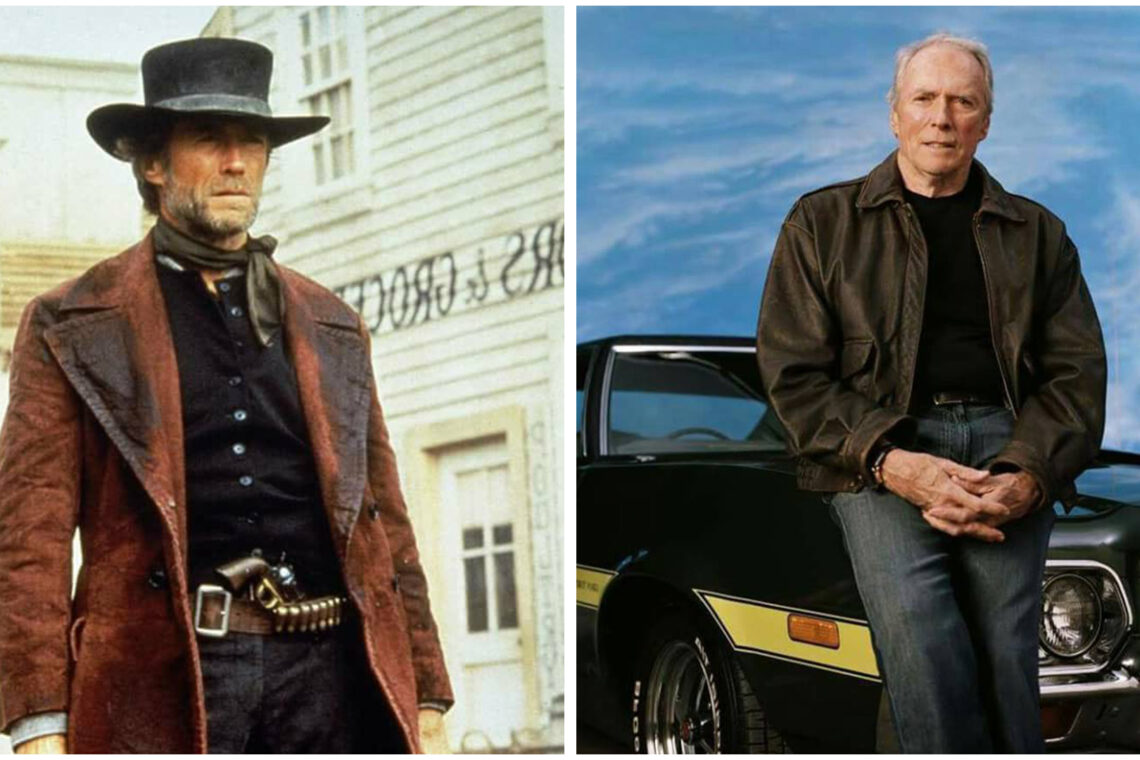
Clint Eastwood, known for his legendary career as both an actor and director, has become a towering figure in the entertainment industry. For decades, he has captivated audiences with his performances, earning a place in cinematic history. Beyond the silver screen, Eastwood’s presence in public life has extended into political ventures, further cementing his reputation as a symbol of strength and determination. Despite the acclaim, he has often kept his personal life under wraps, choosing not to publicize many details about his relationships and family.

Throughout his life, Eastwood has experienced significant romances and been married twice, fathering seven children along the way. His private world, though rarely discussed, complements his enigmatic persona. Recently, however, Eastwood shared a lesser-known story from his past that mirrors themes found in one of his most impactful films. It is a remarkable tale that ties his real-life experiences to the very narratives he brings to life on screen.

Born in 1930 in San Francisco during the Great Depression, Eastwood had an eventful childhood. His father worked in steel, and the family frequently relocated in search of better opportunities. Known as “Samson” when he was born due to his size—an impressive 11 pounds 6 ounces—he would grow into an imposing 6-foot-4 figure. His early years shaped him, instilling resilience and independence, traits that would define both his life and career.
In his youth, Eastwood worked as a lifeguard in Seattle before being drafted into the U.S. Army in 1950. But an extraordinary event occurred during his military service that few people know about. At the age of 21, Eastwood narrowly escaped death when the naval aircraft he was on crashed into the Pacific Ocean. As he later recounted, he had boarded the World War II-era plane to hitch a ride from Seattle to Alameda, California.

During the flight, a severe storm caused the plane to go down off the coast near Point Reyes, California. Finding himself stranded in the ocean, Eastwood swam for miles through thick beds of kelp, desperately making his way to shore. “I remember thinking, ‘Well, 21 isn’t long enough to live,’” he later recalled in an interview. After hours of struggling in the freezing waters, he finally reached land, scaled a cliff, and managed to radio for rescue.
This harrowing experience resurfaced decades later while directing the 2016 film Sully: Miracle on the Hudson, starring Tom Hanks. The movie depicted the real-life emergency landing of US Airways Flight 1549 on the Hudson River in 2009, where Captain Chesley “Sully” Sullenberger made the bold decision to ditch the plane in icy waters, saving everyone on board. Eastwood’s personal history gave him a unique perspective on the film’s story, especially the pilot’s split-second decision to attempt a water landing.

Reflecting on the situation, Eastwood explained that having faced a similar scenario himself, he could empathize with the pressure Sully endured. “If I were in the pilot’s shoes, I would have chosen a water landing over crashing into an unprepared area without a runway,” he said. Eastwood admired Sully’s ability to stay calm under pressure, noting, “It takes real character to think clearly when everything is falling apart.”
What intrigued Eastwood most wasn’t just the heroic landing but the challenges Sully faced afterward. Despite having saved 155 lives, the pilot’s decisions were scrutinized by an investigative board. For Eastwood, this post-crisis conflict highlighted the kind of quiet heroism that makes for compelling storytelling.
Even now, Eastwood remains active, continuing to create films that inspire audiences worldwide. His journey from near-death experiences to award-winning films serves as a testament to his unwavering spirit. At 89 years old, he remains as sharp, talented, and captivating as ever, reminding us why his legacy endures.